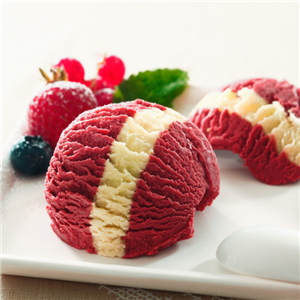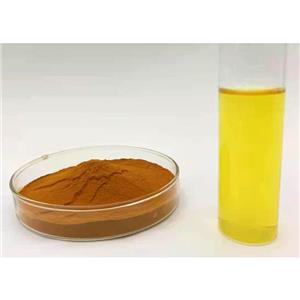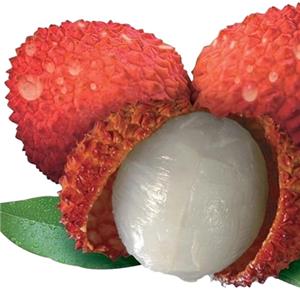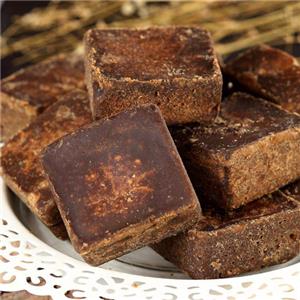FDA to Revoke Authorization for the Use of Red No. 3 in Food and Ingested Drugs
FDA to Revoke Authorization for the Use of Red No. 3 in Food and Ingested Drugs
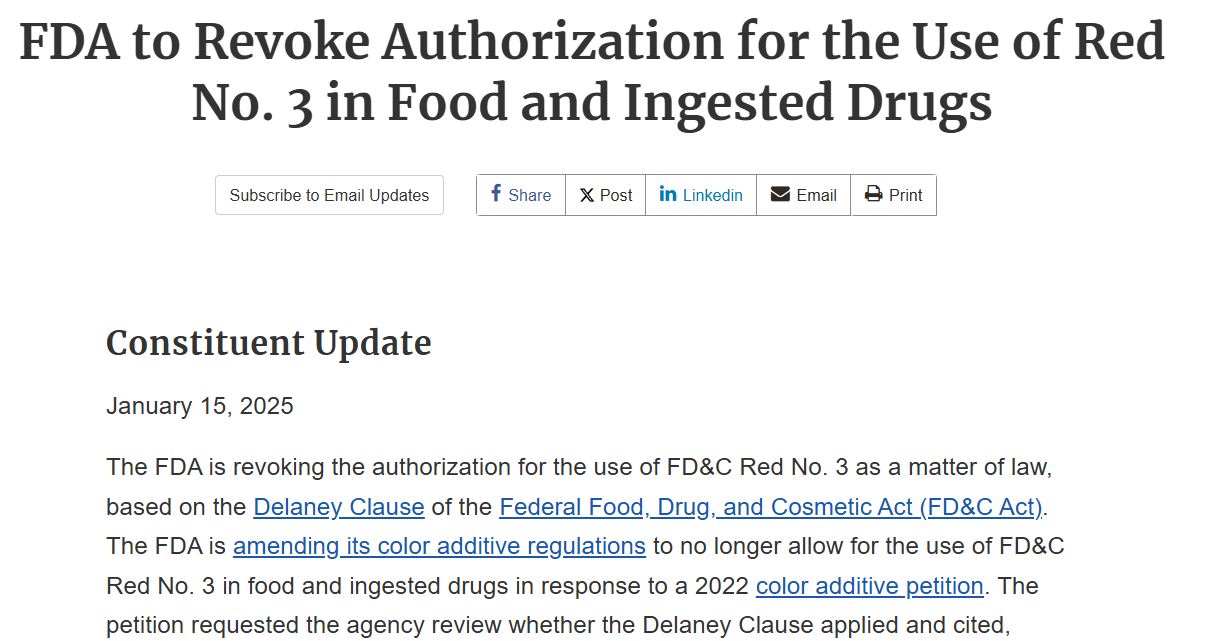
FD&C Red No. 3, also referred to as Red Dye No. 3, Red Dye 3, and erythrosine, is a synthetic food dye that gives certain foods and drinks a bright, cherry-red color, and is found in certain candy, cakes and cupcakes, cookies, frozen desserts, and frostings and icings, and ingested drugs.
The FDA is revoking the authorization for the use of FD&C Red No. 3 as a matter of law, based on the Delaney Clause of the Federal Food, Drug, and Cosmetic Act (FD&C Act). The FDA is amending its color additive regulations to no longer allow for the use of FD&C Red No. 3 in food and ingested drugs in response to a 2022 color additive petition.
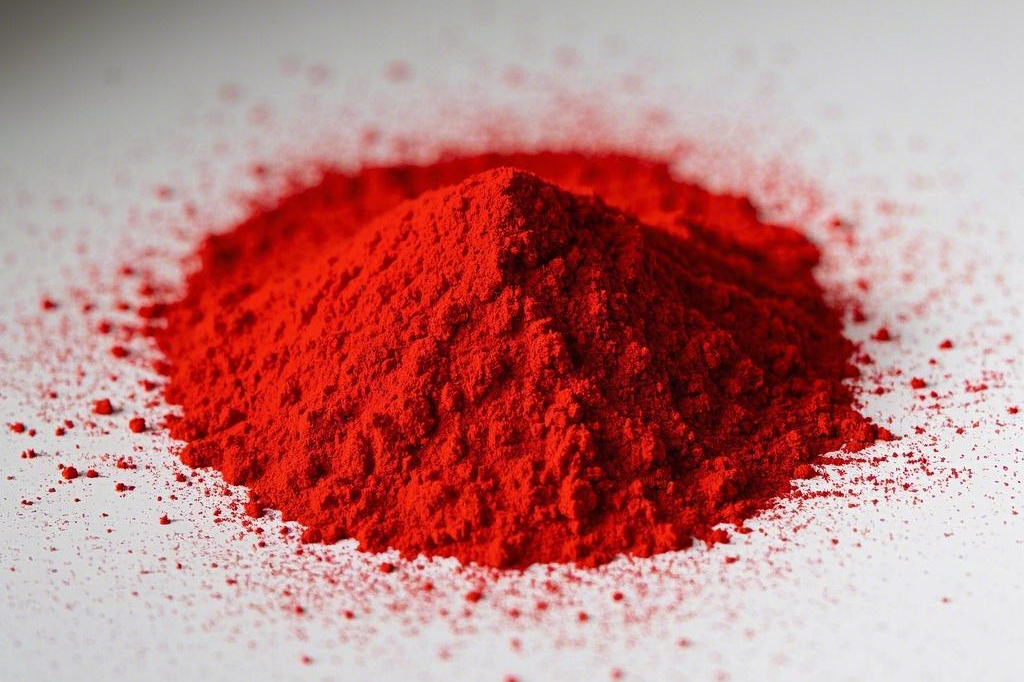
The petition requested the agency review whether the Delaney Clause applied and cited, among other data and information, two studies that showed cancer in laboratory male rats exposed to high levels of FD&C Red No. 3 due to a rat specific hormonal mechanism. The way that FD&C Red No. 3 causes cancer in male rats does not occur in humans. Relevant exposure levels to FD&C Red No. 3 for humans are typically much lower than those that cause the effects shown in male rats. Studies in other animals and in humans did not show these effects; claims that the use of FD&C Red No. 3 in food and in ingested drugs puts people at risk are not supported by the available scientific information.
The FDA will no longer allow for the use of FD&C Red No. 3 in food and ingested drugs. On January 15, 2025, the FDA issued an order to revoke these authorizations. Manufacturers who use FD&C Red No. 3 in food and ingested drugs will have until January 15, 2027 or January 18, 2028, respectively, to reformulate their products.

Other countries still currently allow for certain uses of FD&C Red No. 3 (called erythrosine in other countries). However, foods imported to the U.S. must comply with U.S. requirements.
Is there any substitute for Red No. 3 (Erythrosine) in China?
- Monascus Red
It is a natural color produced by the fermentation of monascus. Monascus grows on substrates such as rice and extracts the pigment after a fermentation process. It has good thermal stability and light stability, relatively stable color in different pH environments, and can make food show a variety of red tones from light red to dark red.

- Lycopene
It is a oil-soluble colorant with strong antioxidant properties. In the presence of light and oxygen, lycopene will gradually degrade, but in some processed foods, its stability can be effectively maintained by adding appropriate antioxidants and using appropriate packaging.


-----THE END-----

